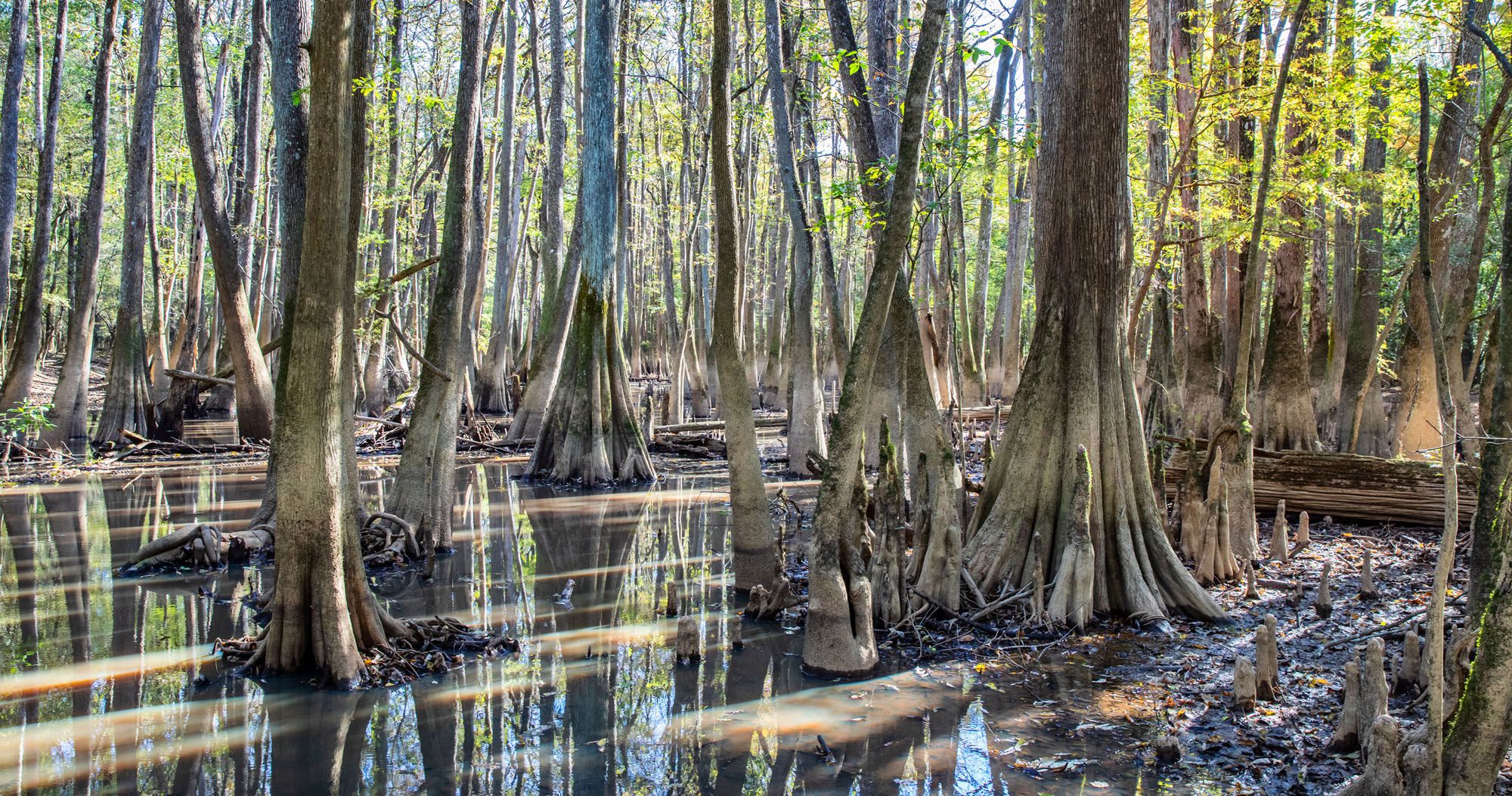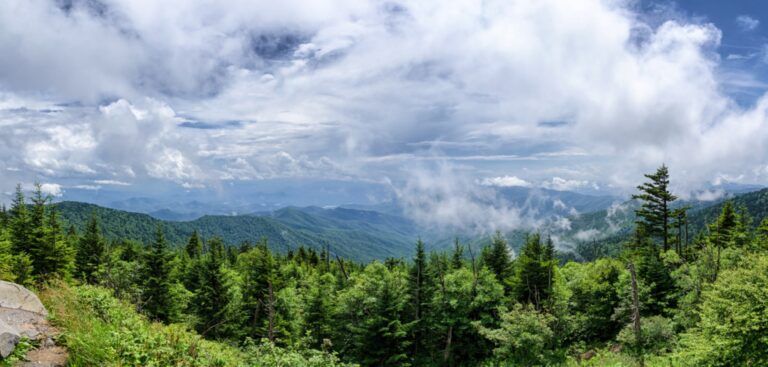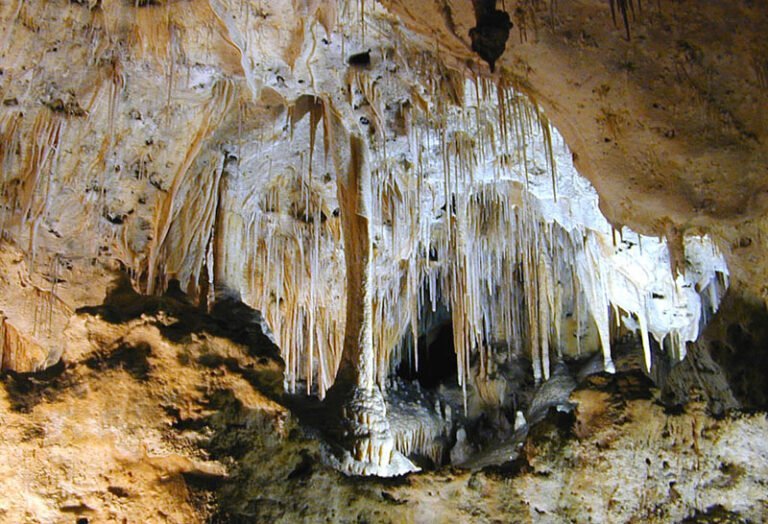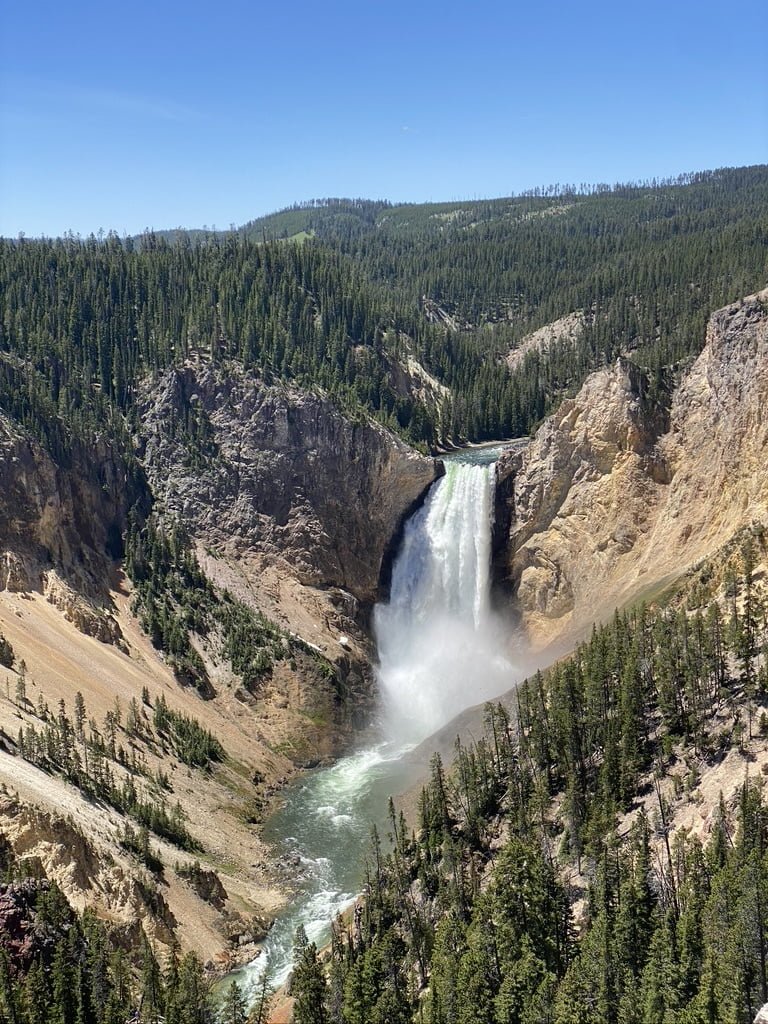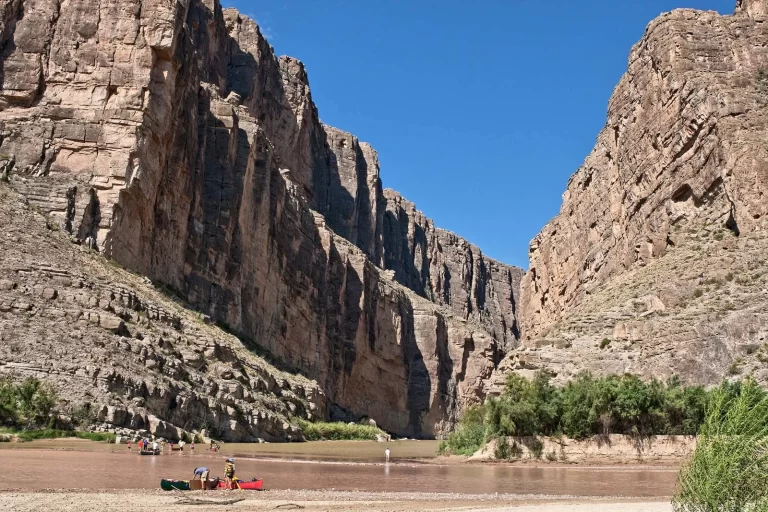Congaree National Park
Congaree National Park, encompassing a sprawling 26,476 acres, is a natural wonderland established in 2003. With an annual influx of approximately 215,000 visitors, this park boasts both serene beauty and specific regulations that ensure a safe and enjoyable experience for all. Let’s delve into the intriguing facets of Congaree National Park, from firearms regulations to its captivating flora and fauna.
Unveiling Firearm Regulations
Since February 22, 2010, Congaree National Park has welcomed visitors who are legally entitled to own firearms under federal, state, and local laws. However, visitors bear the responsibility of acquainting themselves with and adhering to these laws before entering the park.
This includes staying up-to-date with any amendments or changes in the firearms regulations, which can be conveniently accessed through the State of South Carolina Gun Laws page. It’s vital to note that specific areas within the park are designated as firearm-free zones in accordance with federal law. These areas are clearly marked with signage at all public entrances, ensuring everyone’s safety.
Navigating the Landscape of Hunting
While the allure of hunting is prohibited within the boundaries of Congaree National Park, this activity is not unheard of in the vicinity. The park’s adjacent lands do witness hunting on occasion, often involving the control of wild hogs that threaten the park’s ecological balance. Occasionally, the park may close its gates temporarily to address the issue of these destructive hogs and maintain the park’s integrity.
To gain a comprehensive understanding of hunting regulations in South Carolina, interested parties can explore Hunting Laws in South Carolina for detailed information.
The Essence of Congaree National Park
Rooted in history, the name of the park pays homage to the indigenous tribe that once inhabited the area. This protected wilderness is renowned for housing the largest expanse of old-growth hardwood bottomland forest in the United States. Towering trees, including cherry bark oak, American elm, bald cypress, and swamp chestnut, form a dense and untamed forest. Some of these arboreal giants reach heights exceeding 130 feet, creating an awe-inspiring canopy.
The park’s floor is blanketed by the vibrant yellow butterweed, while Spanish moss drapes elegantly from the branches. In this ethereal setting, elusive creatures like wild pigs and bobcats stealthily navigate their surroundings.
The park’s diverse ecosystem also encompasses lakes, streams, and wetlands, providing sanctuary to an array of wildlife. From the haunting calls of barred owls and red-tailed hawks to the rhythmic taps of red-bellied woodpeckers, avian residents grace the skies. In the watery depths, water snakes, gar, catfish, alligators, and Firearm Guidelines coexist in the enigmatic darkness.
Timing Your Visit
To truly savor the magic of Congaree National Park, plan your visit during the optimal periods. The months of March to June and October to November offer the most delightful experiences, with milder weather and flourishing flora and fauna.
Access and Fees
Intriguingly, there are no entrance fees required to enter Congaree National Park, welcoming visitors to explore its natural wonders without financial hindrance. For those considering multiple national park visits in a year, the America The Beautiful Annual Park Pass presents a compelling option.
Priced at $80, this pass allows you and accompanying friends to access all U.S. National Parks. Furthermore, special discounts are available for seniors, military personnel, and other eligible groups.
Visitor Centers and Contact Information
For visitors seeking guidance and information, the Harry Hampton Visitor Center serves as a welcoming hub:
Address: 100 National Park Rd, Hopkins, SC 29061
Phone Number: (803) 776-4396
Hours of Operation: Daily from 9:00 AM to 5:00 PM
Before your visit, make sure to verify operational hours, especially considering potential seasonal closures.
Conclusion
Congaree National Park stands as a testament to nature’s grandeur and the importance of responsible coexistence with its ecosystems. Whether you’re drawn by the allure of its diverse wildlife, the tranquility of its wetlands, or the majesty of its towering trees, the park promises a unique and enriching experience for all who venture within its bounds.
FAQs;
Q1. Can I bring firearms into Congaree National Park?
Yes, individuals who are legally allowed to own firearms under federal, state, and local laws can do so within the park’s boundaries. However, it’s essential to familiarize yourself with the relevant regulations.
Q2. Are there any firearm-free zones in the park?
Indeed, specific areas within Congaree National Park are designated as firearm-free zones to ensure the safety of all visitors. These zones are clearly marked with signage.
Q3. Is hunting allowed in the park?
Hunting is not permitted within Congaree National Park. Nevertheless, hunting does occur on adjacent lands, often as an effort to manage the population of wild hogs.
Q4. What is the significance of the name “Congaree”?
The name “Congaree” pays tribute to the indigenous tribe that once inhabited the area surrounding the park.
Q5. Are there entrance fees for Congaree National Park?
No, there are no entrance fees required to access Congaree National Park, making it an accessible destination for all.
